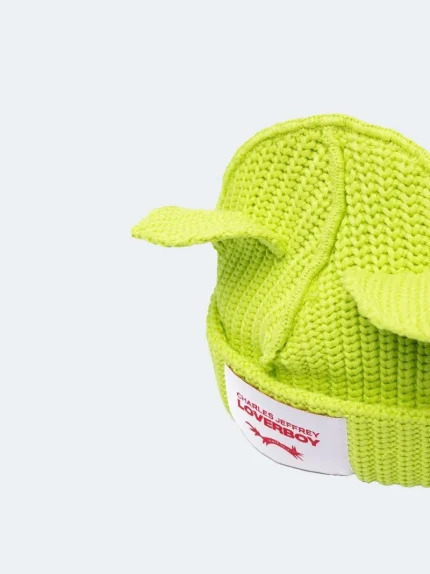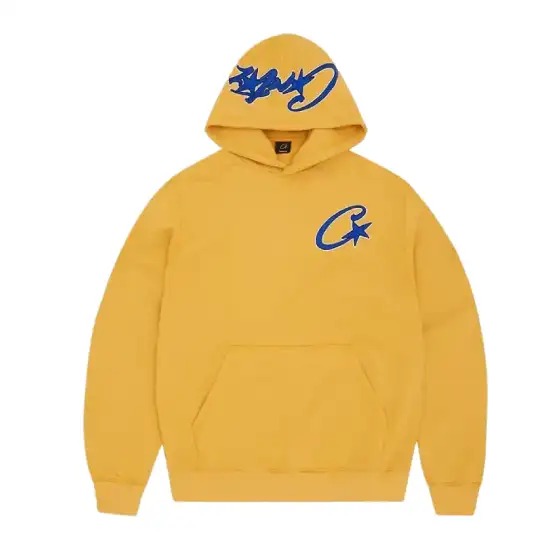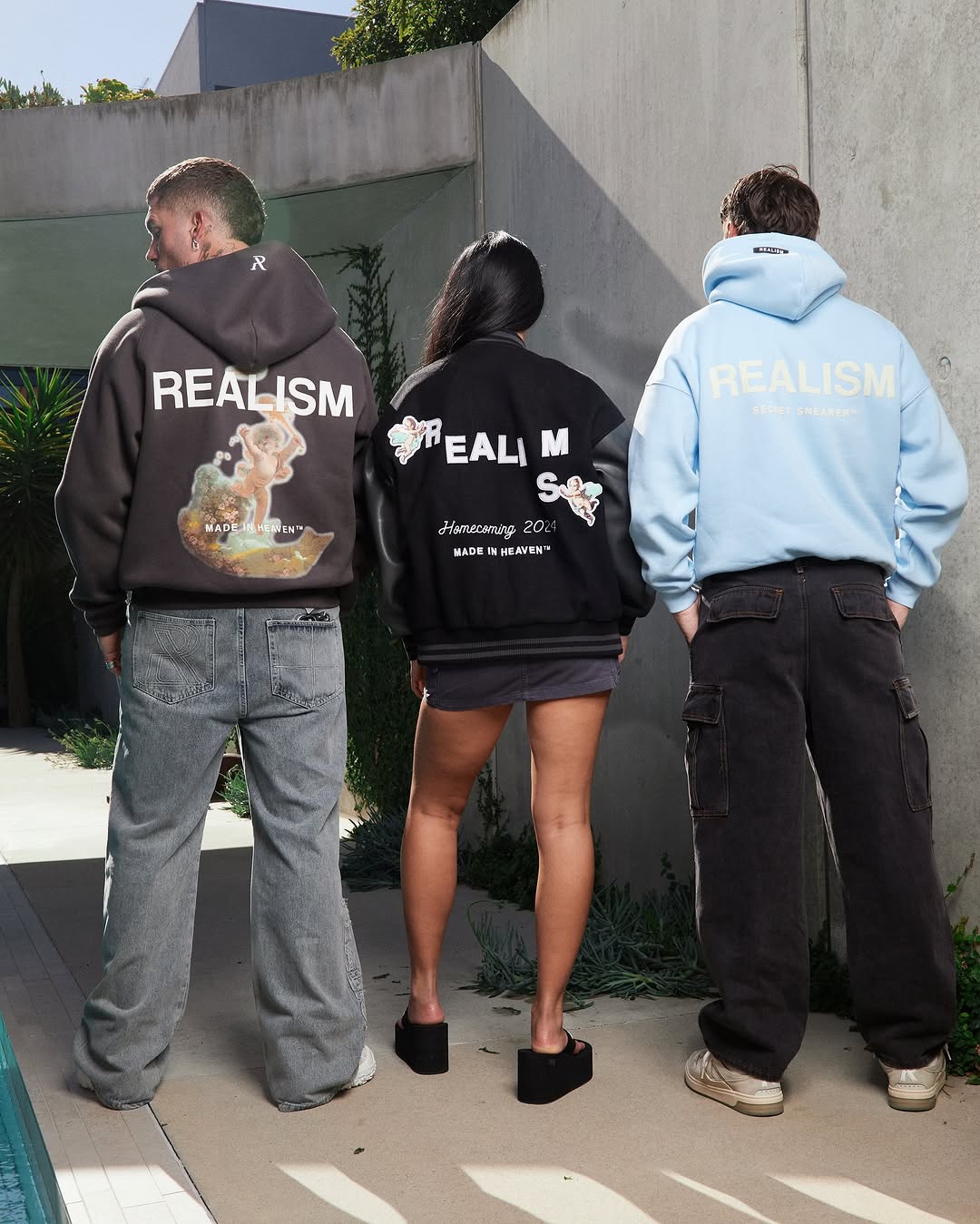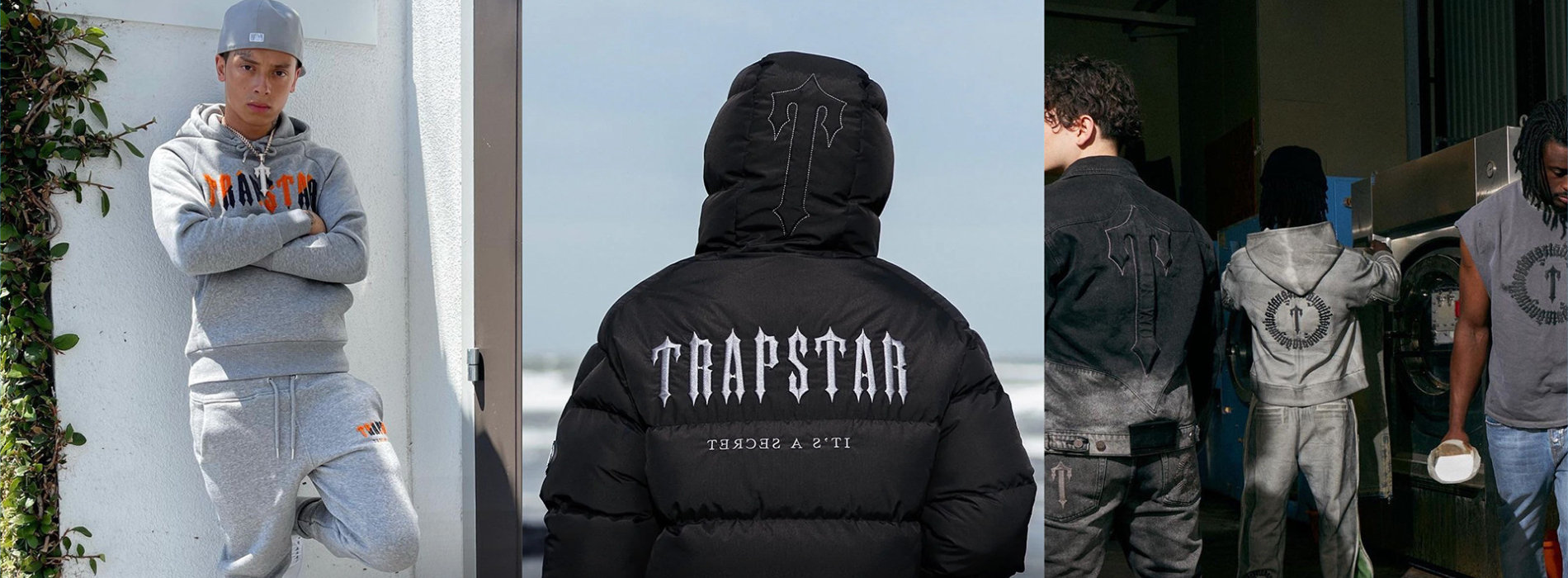The Loverboy Hat: A Symbol of Rebellion, Identity, and Avant-Garde Fashion

A Cultural Artifact in the Making
In the world of high fashion, where silhouettes shift with every season and trends flicker like candlelight, few accessories manage to leave a lasting cultural impression. The Loverboy hat, however, does not merely exist in fashion’s fleeting current—it anchors itself as a cultural artifact. Emerging from the imaginative mind of designer Charles Jeffrey, the hat is more than wool, threads, or structure. It is rebellion stitched into fabric. It is queerness wrapped in flamboyance. It is youth culture spun into silhouette.
The signature Loverboy hat—typically a balaclava-like, knitted headpiece with extended ear flaps and pointed peaks—carries a mythical, elfish aesthetic, resembling headgear one might see in folklore or fantasy. Yet, paradoxically, it is right at home on the runways of London and the street corners of Tokyo. The contradiction is its power. It is a whimsical nod to childhood, but also a bold declaration of adulthood: “I will wear what I want, how I want, and I dare you to say something.”
The Origin of the Hat: Punk Meets Play
To understand the Loverboy hat is to understand Charles Jeffrey himself—a Scottish designer known for blending club culture, queer identity, and historical references into his designs. Born from the pages of his sketchbooks and nurtured in the underbelly of London’s nightlife scene, the hat is a wearable piece of Jeffrey’s journey.
Jeffrey’s Loverboy brand originally gained attention for its chaotic runway shows, immersive performances, and unapologetically queer aesthetics. The hat, introduced early in the brand’s evolution, quickly became its emblem. It is punk in spirit but refined in technique—crafted with the precision of luxury and the attitude of a protest sign. The wearer of a Loverboy hat is not just accessorizing; they are aligning with a philosophy.
A Statement of Queerness and Non-Conformity
Fashion has long been a canvas for queer expression—from the subversive glam of the 1970s to the underground voguing balls of the ‘80s. The Loverboy hat continues that lineage in a modern way. It doesn’t scream; it doesn’t beg. Instead, it quietly proclaims freedom through form and fabric. It disrupts the heteronormative gaze by defying expectations.
The exaggerated shapes, non-binary appeal, and fantastical nature of the hat allow wearers to transcend gender norms. Its very design refuses to conform to traditional standards of beauty or function. It’s not just to keep you warm; it’s to keep your imagination alive. It doesn’t exist to flatter the conventional face—it exists to challenge what faces we choose to see as beautiful.
Wearing the hat is an act of visibility. It says, “I will not blend in. I will not shrink. I will be seen in full color.”
Craftsmanship and Character: More Than Just Aesthetic
While the Loverboy hat makes a striking visual impression, its substance lies equally in its craftsmanship. Made with premium wool or blended yarns, it is often hand-knitted or constructed using sustainable, small-batch production. This isn’t fast fashion—it’s intentional, slow, and rooted in the idea that fashion can and should be both expressive and ethical.
Each stitch tells a story. The exaggerated ears might evoke a mischievous sprite; the texture might recall grandmother’s knitting; the colorways—often bright reds, deep blacks, or electrifying pinks—convey emotional heat. This combination of traditional textile techniques with boundary-pushing design creates a paradox that makes the Loverboy hat deeply compelling.
In many ways, it evokes nostalgia, but not sentimentality. It’s familiar yet disruptive. It doesn’t comfort so much as it challenges—and that’s exactly what makes it memorable.
Runway to Real Life: The Global Appeal
Unlike many designer accessories that remain confined to editorial shoots or museum-like runways, the Loverboy hat has managed to leap into real life. You’ll find it on London club kids, Seoul fashion students, Berlin DJs, and Brooklyn artists. It exists beyond borders and categories, making it a unifier of the global creative class.
Part of its success lies in its wearability. Despite its dramatic look, it pairs well with a simple black coat, a streetwear-heavy fit, or even a tailored suit for those bold enough. Its ability to contrast or blend, to clash or complement, makes it versatile in ways most high fashion items are not.
Moreover, the rise of platforms like TikTok and Instagram has allowed the hat to become a visual shorthand for individuality. It’s instantly recognizable, and in a world where everyone is trying to stand out, that kind of recognizability is fashion gold.
Subculture Staple: From Nightclubs to Digital Frontiers
The Loverboy hat is not just for the fashion elite—it’s become a staple in various subcultures. It’s been embraced by the LGBTQ+ community, alt-fashion circles, rave-goers, and even cosplay communities. Its theatrical nature invites play, and that play becomes identity. It’s not uncommon to see wearers customizing their hats, adding pins, chains, or embroidery. Each becomes a one-of-a-kind expression of self.
Digitally, the hat thrives. In the age of avatars and augmented reality, where fashion increasingly exists both on and off screen, the Loverboy hat is perfectly positioned. It is visually distinct enough to make a statement in digital spaces and has even been replicated in virtual fashion capsules or video game mods.
In this sense, the Loverboy hat is futureproof. It is not confined to material limitations—it lives in pixels and perception as much as in knit and thread.
Wearing Rebellion: Not Just a Trend, But a Movement
To wear a Loverboy hat is to wear rebellion. It’s a rejection of the bland, the expected, the watered-down. It is punk without the nihilism, queer without the stereotype, radical without apology. This is not a hat you wear to blend in at brunch or to “elevate” an outfit in a conventional sense. This is a hat you wear when you are ready to be seen, heard, and remembered.
And while fashion trends may shift, the ethos behind the Loverboy hat remains constant. It is tied to movements larger than fashion: the fight for expression, the reclaiming of queerness, the right to be loud and weird and wonderful.
Conclusion: A Crown for the Contemporary Outsider
Ultimately, the Loverboy hat is more than a quirky accessory—it is a crown. Not the kind worn by kings or queens, but the kind earned by those who’ve dared to create their own world. It’s for the outsider who never asked for approval. For the artist who sees clothing as canvas. For the youth who wants to break the cycle of sameness.
Charles Jeffrey’s creation does not seek to appease. It demands attention, radiates imagination, and grants permission. Permission to be odd. Permission to be bold. Permission to be.
In a world that too often encourages conformity, the Loverboy hat is a beautiful, pointed, knitted rebellion—and those who wear it are part of a movement far greater than fashion itself.



